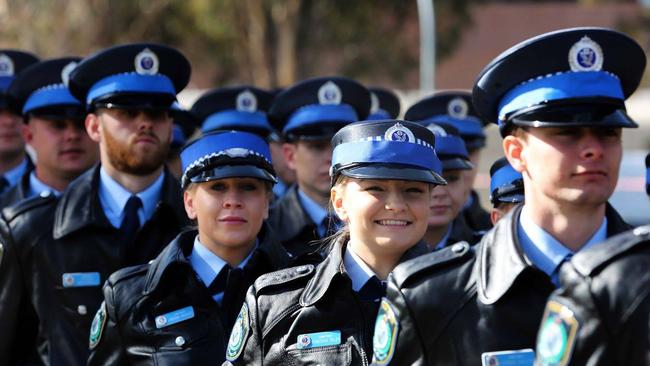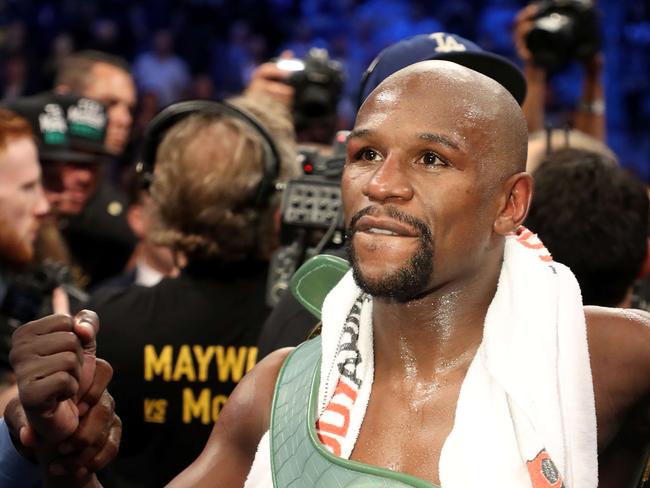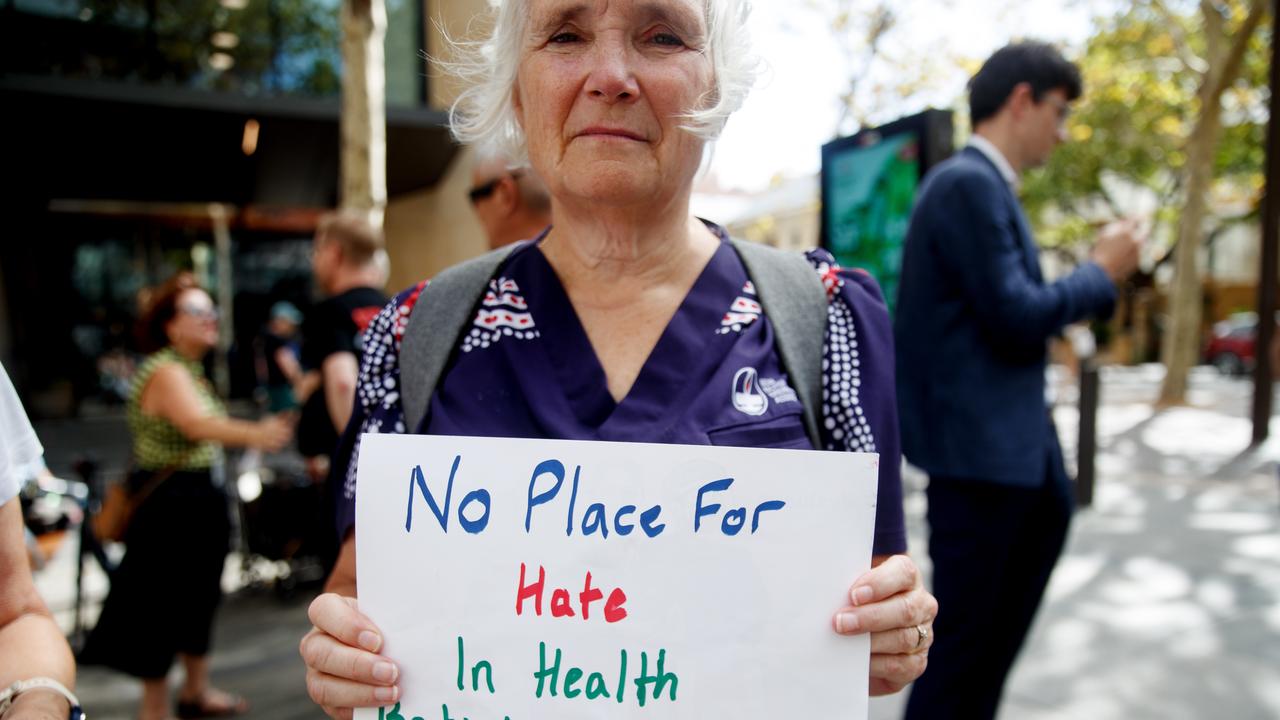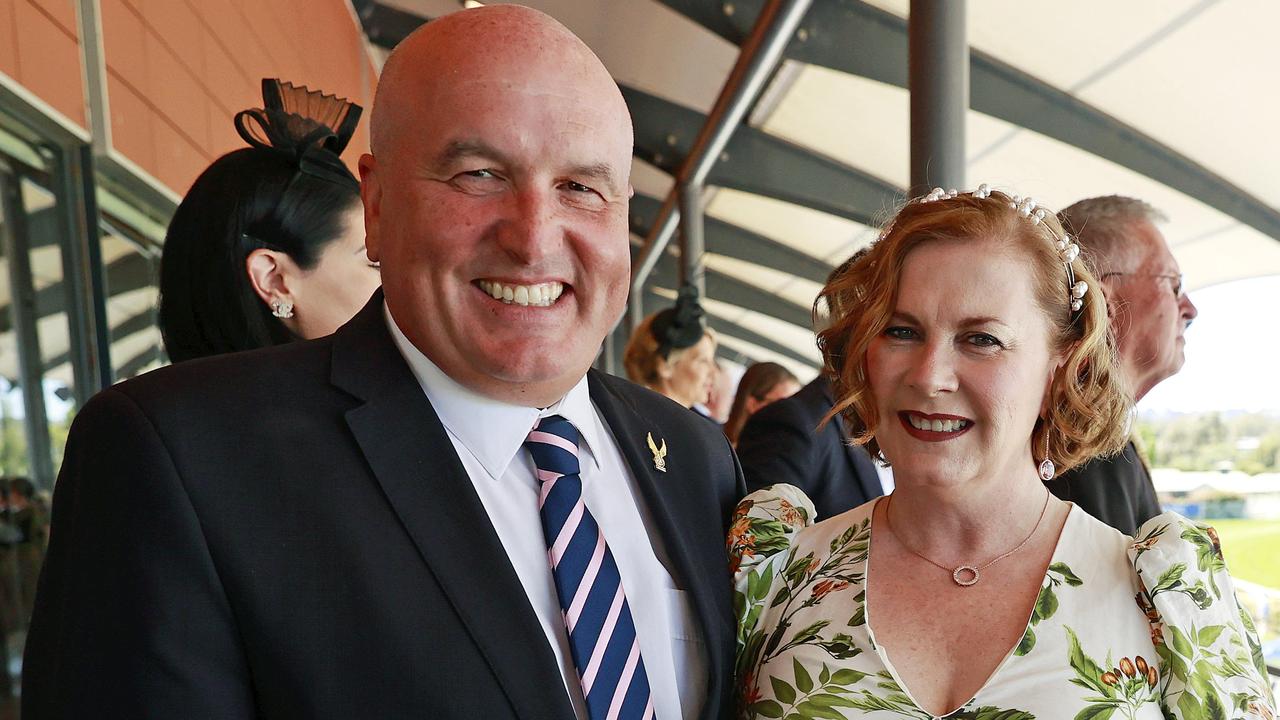Editorial: NSW in desperate need of more police officers
EDITORIAL: NSW is on the brink of a crime crisis with the state employing the lowest number of police officers per capita of any major state in Australia.

Opinion
Don't miss out on the headlines from Opinion. Followed categories will be added to My News.
WHEN people think about the infrastructure needed to cater to NSW’s growing population, the sort of items that normally come to mind are things like schools, roads and hospitals. But human nature being what it is, more people also need more cops to keep them safe and deal with those who step outside the law. Yet, according to an exclusive investigation published in The Daily Telegraph, NSW is on the brink of a crime crisis with the state employing the lowest number of police officers per capita of any major state in Australia.
According to official figures, there are just 215 police for every 100,000 people in the state.
That’s less than South Australia’s figure of 275 cops per 100,000, and less even than Victoria — which has been the site of any number of high-profile crimes and gang activity in recent years — where there are 222 police per 100,000 residents.
The end result is that cops on the frontline are ever more stretched, being asked to do more with less. Frontline police numbers have fallen by more than 1000 officers over the past several years, and regular “beat” policing has in many places fallen by the wayside. At the same time, police are being asked to perform any number of “babysitting” duties including looking after juveniles because of a lack of Family and Community Services department workers as well as supervising mental health patients when there are no mental health facilities available. As a result, despite working to a target of responding to 000 calls within 12 minutes, in more than 20 per cent of cases the police are failing to make it in that time.
This is a terrifying situation, and these numbers should act as an urgent wake-up call to the state government. The surge in carjackings, home invasions, youth crime and gang activity across our state’s southern border shows what happens when crime is allowed to get out of hand. Likewise, the rise in international criminal syndicates seeking to do business in our state, as well as the ever-increasing threat of terrorism — whether internationally directed or inspired by jihadists overseas — means police will have to be ever more sophisticated to keep the honest and the law-abiding safe and secure. Our crime statistics may be enviable now but without investment that will not continue.
MAYWEATHER MANAGES IT
IT was the fight that some said could determine the future of the sport of boxing, or even if it still has a future. Yesterday’s bout between unbeaten legend of the ring Floyd Mayweather and UFC star Conor “The Notorious” McGregor may have been the creation of promoters and the nightmare of purists.

But the end result, a tenth-round technical knockout by Mayweather that came after several early rounds that had both fighters dancing around the ring before McGregor was finally put away, suggests there’s some life in the sport yet. Well done to Mayweather for rising above the hype to win.
OVERLY HEALTHY PROFITS
“NOT a good look” is one of those quintessential Australian understatements that in just a few words manages to convey emotions ranging from a raised eyebrow to disgust. It’s also a phrase that surely will be coming to a number of readers’ minds as they read of the fat cat salaries of health fund bosses that have been soaring in the wake of insurance premium rises.
The numbers tell the story: At Medibank Private, profits have nearly doubled since its privatisation in 2014, premiums have jumped 4.6 per cent, and the CEO took home a $2.8 million pay packet last year. All this while top execs at the fund received raises double inflation. Other funds’ remuneration packages tell a similar story:
The head of NIB’s pay has increased by 51 per cent over the past five years, and so on.While no one begrudges anyone their hard-earned salaries, it is another thing to see pay packets and profits boosted on the back of increased premiums. Those in private health funds would be well within their rights to ask just how much is being spent on extra services.
“Not a good look,” indeed.


